YotaPhone Idea Camp: together we are power!
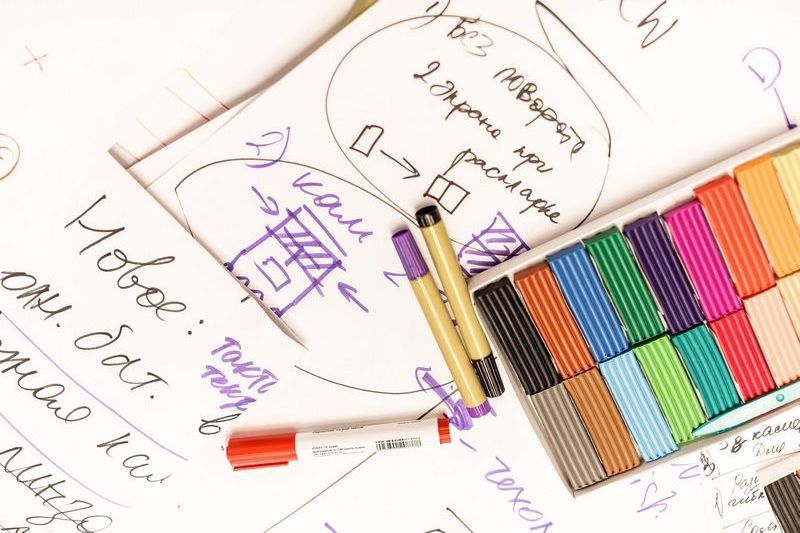
One of the principles that guides our company is the focus on creating devices with unique capabilities and functions.
The mistake of many of our colleagues in the shop is that customer reviews are most often modified retroactively. We are convinced that an outstanding product can be made together with users: from the very beginning of the development of the device, it is precisely those ideas and wishes that will make the “digital” life of their users more saturated and interesting.
We are convinced that a joint creative search will allow us to offer unique features and capabilities that many will be in demand. And our task is to create a platform within which everyone can propose and discuss their idea with others, no matter how unrealistic or strange it may seem.
Therefore, we decided to launch a project to collaborate on new ideas and scenarios for using devices. Within its framework, various online and offline events will be held.
The first such event - YotaPhone Idea Camp - was held at the end of last week. About what came of this, we want to tell you today.

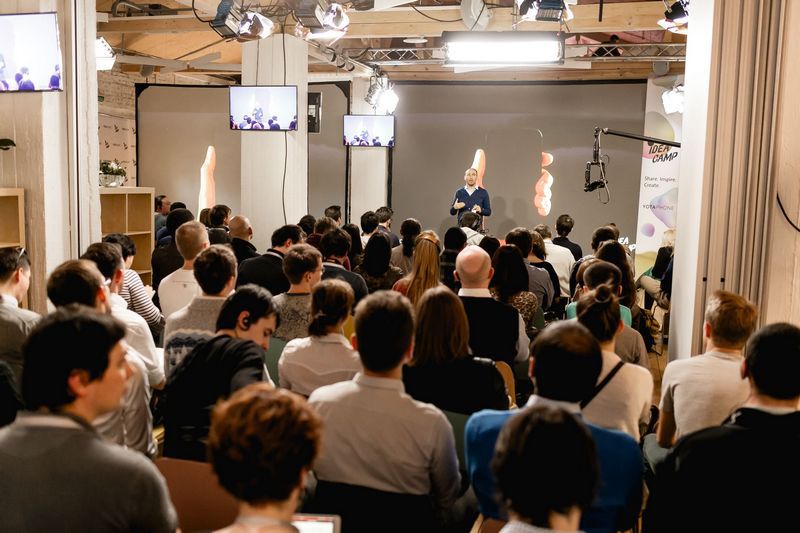
On March 27, at the Garage Educational Center (Gorky Park, Moscow), we managed to gather under one roof a whole day community of people who care about the future of devices and innovations. We decided to tell them the details of our projects, listen to the opinions of invited experts and discuss what the near future of mobile devices will be.
The program began with a press briefing in which members of the press asked questions to Vladislav Martynov, Daniel Sieberg, and Tim Olsen. Most of all, journalists were interested, of course, with details about YotaPhone smartphones and Yota Devices development plans. Also of considerable interest was the way YotaDevices sees its audience and market position.

Curriculum Vitae:
Vladislav Martynov, CEO of Yota Devices. Our leader has worked in IT for over 20 years. Most of the time, Vladislav held senior positions in various international companies, including PepsiCo, Microsoft, Navision, SAP. He has successfully launched a number of startups.
Daniel Seeberg ( by Daniel Sieberg), futurist and IT expert from the USA, author of Digital Diet . Currently holds the position of Senior Marketing Manager and Google Spokesperson. Daniel is responsible for managing and overseeing Google’s brand development strategy and relationships. with the media.
Tim Olsen ( by Tim Olsen ) on crowdsourcing specialist, PhD (defended his thesis at the University of Georgia), a professor at the University of Arizona, and Georgia. Tim's professional interests include research on crowdsourcing, microsourcing, distributed services, and business process management.

From left to right: Olsen, Martynov, Seeberg.
After the press briefing, the official opening ceremony of the YotaPhone Idea Camp took place. The first word was taken by Vladislav Martynov, who reminded everyone present about the main feature of YotaPhone smartphones - the second screen on E-Ink. The colorful and illustrative examples demonstrated the most different ways of using the second screen, which not only provides additional convenience, but is able to radically change the way users see what the future smartphone should be like.

The next speaker was Daniel Seeberg. He spoke about the results of his observations during trips to different countries. About how smartphones affect modern society, including socially; what are the prevailing habits of using smartphones in different countries; what are the trends for further development in the field of gadgets. One of the curious facts cited by Daniel: today people are so dependent on their smartphones that approximately 10% of those polled told them that they were ready to interrupt sex to answer SMS or an incoming call. Not to mention the fact that because of gadgets we forget the art of having a conversation: up to 35% of respondents prefer to search for information on a smartphone, rather than ask others. And many other statistical facts cited by Daniel. He also gave some practical advice on how to prevent gadgets from adversely affecting our personal lives and social connections. That is, how not to make your life completely dependent on electronic "toys." I must say that he advised, including on the basis of his own experience.
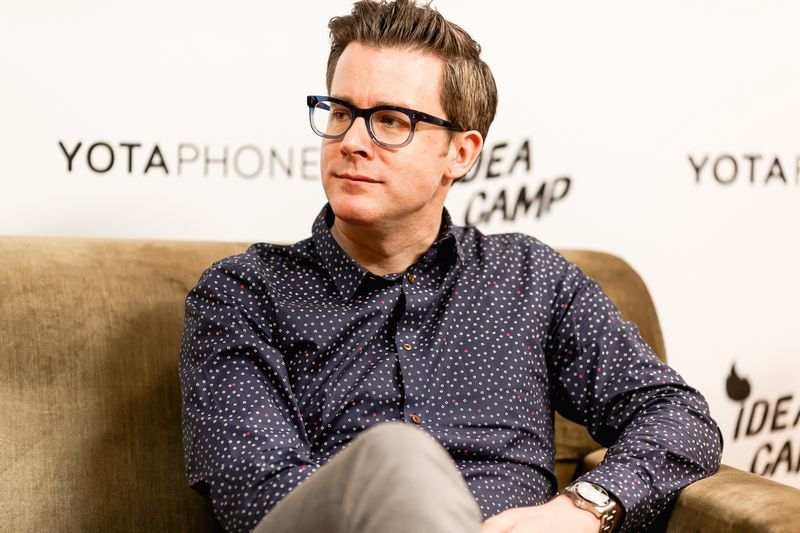
Then he took the floor Tim Olsen (Tim Olsen). He spoke about the history of the emergence of such a phenomenon as crowdsourcing, described the largest resources on this topic, and gave examples of the use of crowdsourcing and its importance in creating modern competitive products. In general, Tim's presentation was more scientific and academic. Apparently, his many years of research activity are affecting. Nevertheless, Tim's speech was no less interesting than that of previous speakers.
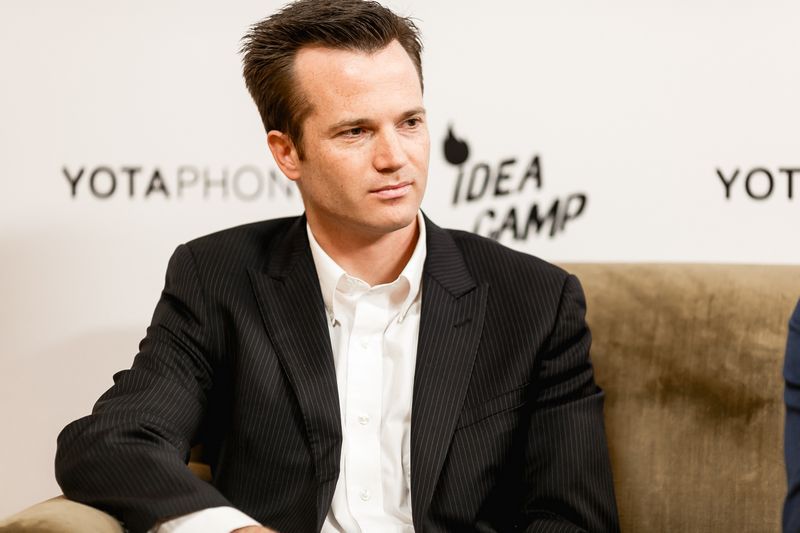
Workshops led by Dmitry Karpov became the final part of the project’s opening., curator of the Design in an Interactive Environment program at the British School of Design. Dmitry’s rich experience, behind which there were a lot of joint projects with Artemy Lebedev and Yuri Grymov, and his ability to work with a “motley” audience, allowed not only to “keep” the attention of the event participants who were tired in the evening, but also to draw them into the creative process.

All guests were divided into groups. Each group came up with improvements and new ways to use existing YotaPhone smartphones, as well as features and capabilities for next-generation smartphones. In other words, the guests could make their proposals for modernization and development, as well as fantasize about the future.

Despite such a diverse team, in about 10 minutes people were drawn into the process. At first, somewhat constrained, and then more and more actively and noisy discussions and disputes began; sheets of paper were drawn and scribbled one by one, the plasticine dispersed like hot cakes.

Our guests came up with new programs, accessories and smartphones. The range of ideas was simply amazing: from small software improvements to existing smartphones to creating completely insane devices of the future. The “garage” very quickly turned into a real creative workshop, its halls were filled with quite tangible energy. It was interesting to observe how the same ideas came to the mind of different groups, independently of each other. It is in such situations that the true needs of people are revealed, from the expectation of certain opportunities from gadgets.
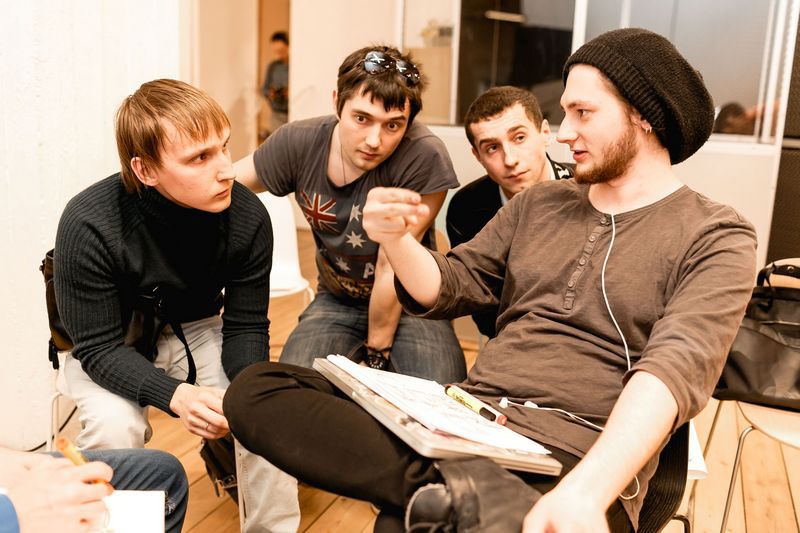
After a three-stage selection of the proposed projects, winners were selected who received valuable prizes: YotaPhone smartphones, commemorative awards and all kinds of souvenirs. However, the best reward for the winners, in our opinion, will be the opportunity to implement their ideas in new generations of YotaPhone smartphones.
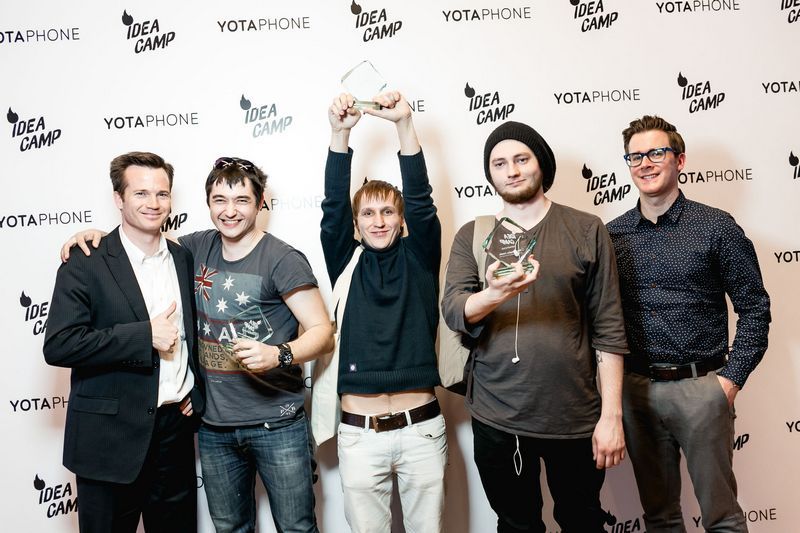
Conclusion
Today we only briefly told you about this interesting event. In the near future, our blog will also publish speeches by David Seeberg and Ken Olson, as well as a story about the most interesting projects proposed by the guests of the opening of YotaPhone Idea Camp. Including you will learn what ideas won prizes.
What intermediate results can be done now, after the end of the first event, which took place as part of a large project to work together on new ideas and improvements?
Firstly, we saw a high creative potential among the participants. Surprisingly, even people far from design, who do not always have a technical background and engineering diplomas, were able to offer very unusual solutions (we will talk about them later). And this means that our main idea, in fact, is true: in order to offer something innovative, it is not necessary to have three higher educations or many years of experience as a development engineer.
Secondly, we managed to inspire almost all participants of the event with our creative energy. It is amazing how patterns are broken, communication boundaries are erased, and the characters of people who are immersed in working together on something interesting and exciting are revealed. To create such a “nutritious” environment in which everyone would feel part of the overall creative process, and will be the main task for our subsequent activities under this project.
Thirdly, even after the end of the event, many still had interesting thoughts that could “crystallize out” into something more meaningful the next day, or later. Therefore, the environment will be not only offline, but also with a continuation in the form of online activities in which you can continue (consolidate) what was discussed live.
We will be glad to see you all as part of our project!
